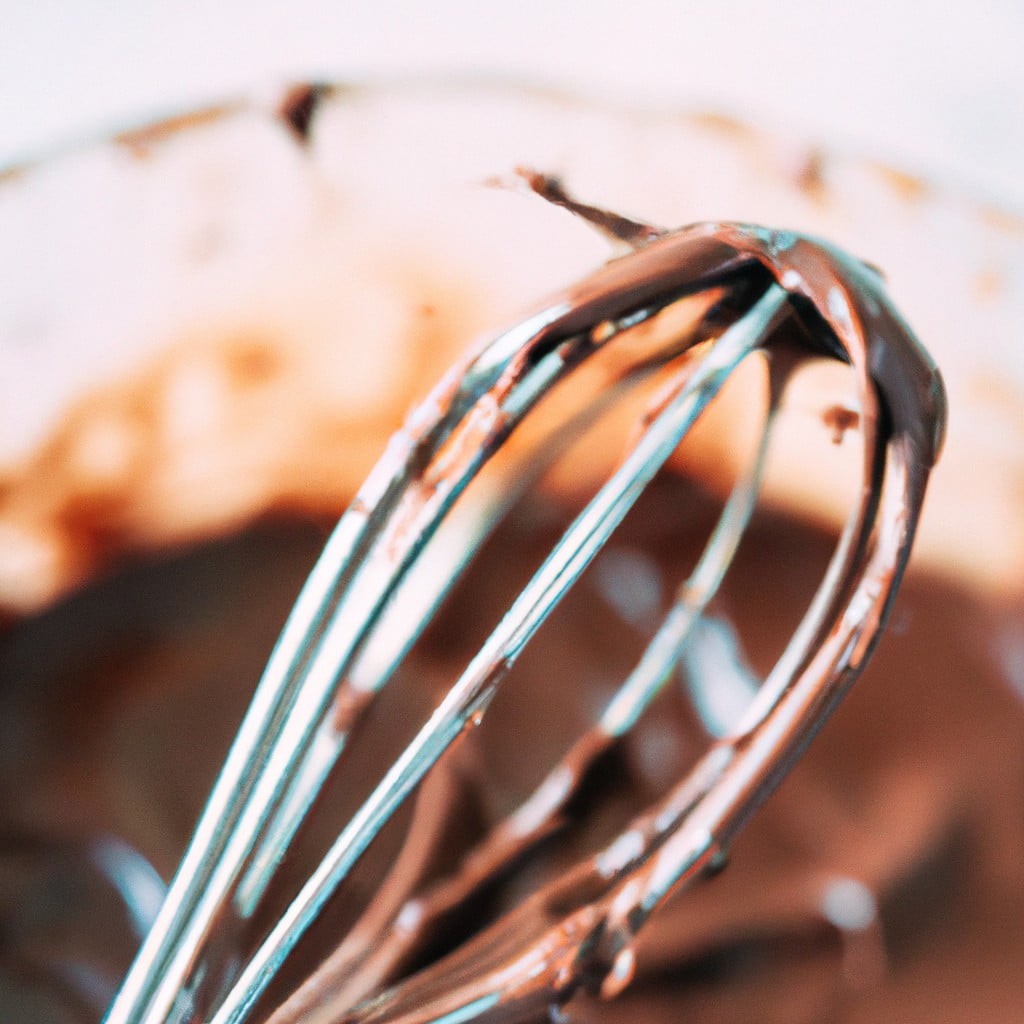This article will guide you step-by-step through the simple yet rewarding process of making smooth and rich chocolate ganache at home.
Key takeaways:
- High-quality chocolate and heavy cream are essential for chocolate ganache.
- Use dark chocolate for a deep, intense flavor.
- Milk chocolate brings sweetness and a milder taste.
- White chocolate ganache requires careful heating.
- Ganache can be used in cakes, truffles, glazes, dips, sauces, and frostings.
Inside
Chocolate Ganache Ingredients

High-quality chocolate and heavy cream are the two essential components of ganache, each playing a pivotal role in texture and flavor.
The type of chocolate—dark, milk, or white—influences the ganache’s richness and taste profile.
Chopping the chocolate into small pieces ensures it melts evenly when mixed with the hot cream.
The cream’s fat content is crucial, as it provides the silky consistency; a minimum of 35% fat is ideal.
Optional additions like butter for extra shine, sugar for sweetness, or salt to enhance flavor can be tailored to the desired result.
For vegan variations, coconut cream can serve as a dairy alternative without compromising the ganache’s indulgent character.
Best Chocolate to Use in Chocolate Ganache
The quality of chocolate significantly impacts the taste and texture of ganache. High-quality chocolate with a higher percentage of cocoa solids will create a richer, more flavorful ganache. Opt for chocolate with at least 55% cocoa content for a balanced taste.
1. Dark chocolate offers a deep, intense flavor ideal for a ganache that’s not overly sweet.
2. Milk chocolate, while creamier with a lighter hue, brings sweetness and a milder chocolate taste, suitable for a softer flavor profile.
3. White chocolate ganache, often sweeter and more delicate, requires careful heating to prevent splitting due to its higher milk content.
Chocolate in bar form is preferable over chips since it often melts more smoothly. Moreover, ensure the chocolate has a smooth, glossy finish, a sign of proper tempering and storage, for a silky ganache outcome. Good quality chocolate will not have sugar or other additives listed as the first ingredient.
Consider the application of your ganache when choosing the chocolate. For filling or frosting a cake, a firmer set is ideal from a dark chocolate with higher cocoa solids. For a dessert sauce, milk or white chocolate varieties can provide the required pourable consistency.
How to Make Chocolate Ganache
Heat cream in a saucepan until just before boiling—small bubbles will form around the edges. Avoid letting the cream come to a full boil to prevent it from scalding, which can affect the taste of the ganache.
Finely chop chocolate to ensure even melting. Large chunks will not melt uniformly and can leave the ganache gritty. Aim for pebble-sized pieces for the best results.
Place the chopped chocolate in a heatproof bowl. A bowl with a pouring lip is convenient for later application of the ganache.
Pour the hot cream over the chocolate, making sure the chocolate is fully submerged. This helps to melt the chocolate evenly without needing to mix it immediately, which can introduce air bubbles.
Let the mixture sit for about 5 minutes to allow the chocolate to melt. Patience here is key—rushing the process might result in an uneven ganache.
Stir gently, starting from the center, in small circles, gradually widening the circles until the mixture is fully emulsified. A smooth, glossy ganache forms as the chocolate fully integrates with the cream.
For a thinner ganache, use a higher ratio of cream to chocolate. Conversely, for a thicker ganache ideal for truffles or frosting, use more chocolate in comparison to the cream.
Optional: Add flavorings such as vanilla extract, liqueurs, or orange zest after the ganache is smoothly mixed for an enhanced taste profile.
Allow the ganache to cool and thicken at room temperature to your desired consistency. Temperature control is crucial; too cold and it will set too quickly, too warm and it may not set properly.
Using Chocolate Ganache In 6 Ways
Ganache can elevate a variety of desserts and treats with its rich, creamy texture. Here are six appealing ways to put it to good use:
1. Filling for cakes and pastries: Chilled ganache can be whipped to a fluffy texture that’s perfect for layering between cake tiers or piping into eclairs.
2. Chocolate truffles: Once ganache is cooled and set, it can be rolled into balls and coated with cocoa powder or chocolate sprinkles to create luxurious truffles.
3. Glaze for baked goods: Pour warm ganache over cakes, brownies, or cookies for a glossy finish that solidifies as it cools.
4. Dip for fruit or marshmallows: Have fun dipping strawberries, banana slices, or marshmallows into a pot of warm ganache for a quick, decadent treat.
5. Sauce for ice cream and desserts: Drizzle it over ice cream or use as a sauce to accent dishes like cheesecake, lending a rich chocolate flavor.
6. Frosting for cupcakes and donuts: When slightly cooled, ganache can be spread over cupcakes or donuts as a luscious frosting that beats traditional sugar icings.
Each application can be adjusted depending on the ganache’s temperature and consistency, allowing for versatile culinary exploration.
Related
- Irresistible Chocolate Ganache Recipe for Dessert Lovers
- Indulge Blissfully: Chocolate Truffle Recipe Made Simple
- What is a Chocolate Truffle: Detailed Insights into a Delicious Delicacy
- Chocolate Truffles: How to Make This Decadent Treat at Home
- Homemade Chocolate Frosting: Easy Recipe for Rich & Creamy Icing